Gin
Juniper in French is genévrier or gin for short. At its core, is a distilled spirit that has juniper and other ingredients infused into a neutral grain spirit.
Vodka Laws
-
United States
-
European Union
<
>
The European Union
Gin is a juniper-flavoured spirit drink produced by flavouring organoleptically suitable ethyl alcohol of agricultural origin with juniper berries (Juniperus communis L.). It must be bottled at a minimum alcoholic strength by volume of gin shall be 37.5 %. Only natural and/or nature-identical flavouring substances as defined in Article 1(2)(b)(i) and (ii) of Directive 88/388/EEC and/or flavouring preparations as defined in Article 1(2)(c) of that Directive shall be used for the production of gin so that the taste is predominantly that of juniper.
Gin is a juniper-flavoured spirit drink produced by flavouring organoleptically suitable ethyl alcohol of agricultural origin with juniper berries (Juniperus communis L.). It must be bottled at a minimum alcoholic strength by volume of gin shall be 37.5 %. Only natural and/or nature-identical flavouring substances as defined in Article 1(2)(b)(i) and (ii) of Directive 88/388/EEC and/or flavouring preparations as defined in Article 1(2)(c) of that Directive shall be used for the production of gin so that the taste is predominantly that of juniper.
Ingredients
-
Neutral Spirit
-
Botanicals
-
Water
<
>
- Neutral Spirit
- Some purchase the spirit, some buy in bulk.
- Botanicals
- Juniper
- Citrus peels
- Licorice
- Grains of paradise
- Orris
- Angelica
- Coriander
- Juniper
Like most spirits, gin is brought to proof with water. The specific proof depends on the style.
- Standard Gin: 40% ABV 80 proof
- Navy Strength: At least 57.1% ABV
Production
Production
- Integration of botanical ingredients
- There are different ways to produce gin. Two of the most common ways are:
- Distilled Gin: Gin produced by original distillation from mash with or over juniper berries and other aromatics or their extracts, essences or flavors. This typically produces the Genever style of gin.
- Pot Infused Gin or Compounded Gin: Gin produced by mixing neutral spirits with juniper berries and other aromatics or their extracts, essences or flavors.
- Vapor Infused Gin or Redistilled Gin: Gin produced by redistillation of distilled spirits with or over juniper berries and other aromatics or their extracts, essences or flavors.
- Proofing
- Navy Strength
- Regular Proof
Regions and Styles
-
London Dry
-
Plymouth
-
Genever
-
Old Tom Gin
-
New Wave
-
Flavored Gin
<
>
London Dry
- London Dry gin is the most commonly found style of gin.
- The European Union Laws state:
London Gin is “Obtained exclusively from ethyl alcohol of agricultural origin whose flavour is introduced exclusively through the re-distillation in traditional stills in the presence of all the natural plant materials. The resultant distillate shall contain at least 70% alcohol by volume. The Distillate shall not contain added sweetening exceeding 0,1 gram of sugars per litre of the final product nor colorants. It may not contain any other added ingredients other than water. The minimum alcoholic strength by volume of London gin shall be 37.5 %.” - London Dry gin is the most common style of gin. Its defining character is that it is juniper forward. It is known as “Dry Gin” because of its lack of additional flavorings to make it sweet.
Plymouth Gin
- Plymouth gin is a style of gin that only one distillery: Plymouth.
Genever
- Genever is the OG gin and it dates back to 13th century or 16th century Holland depending on the reference point used. To produce genever, a malt-wine of, typically, rye, corn, wheat and occasionally malted barley is distilled. Also, a distillate of neutral spirit is flavored with Juniper and other botanicals.
Old Tom
- Also known as “bathtub gin”. Stylistically it is sweeter than London Dry, but slightly drier than Genever.
New wave
- New wave gin is gin flavored with Juniper, however the prevalence of Juniper varies based upon producer. Popular examples include Hendricks Gin and Aviation Gin
Flavored Gin
- The traditional slo gin (gin flavored with slo berries).

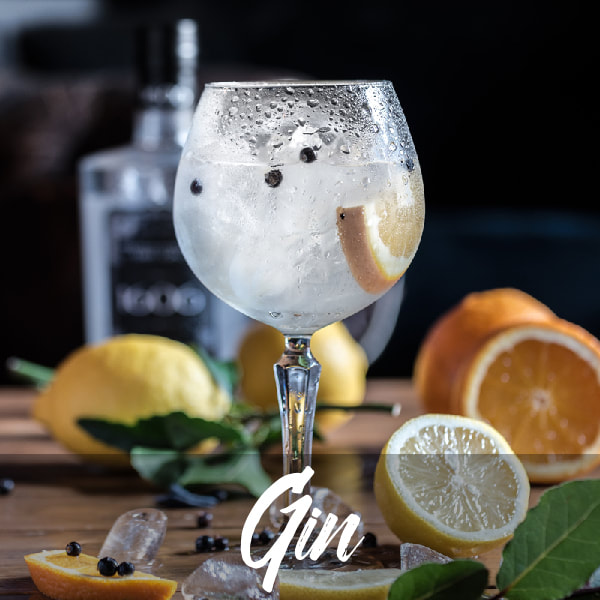
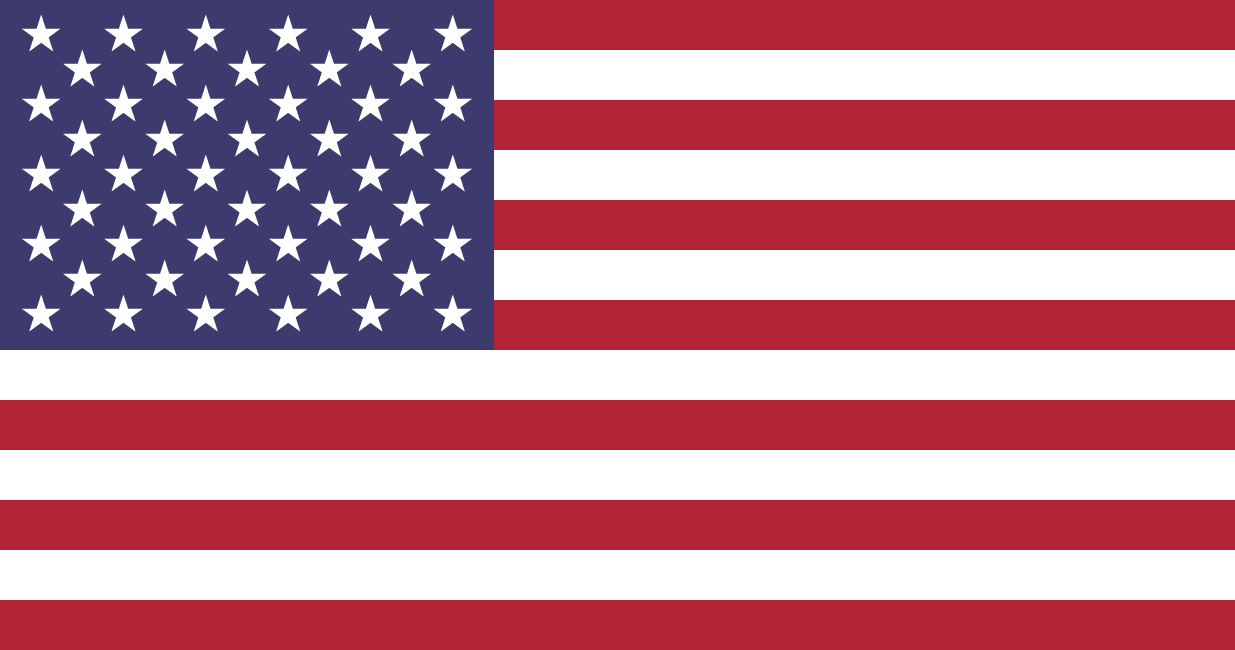

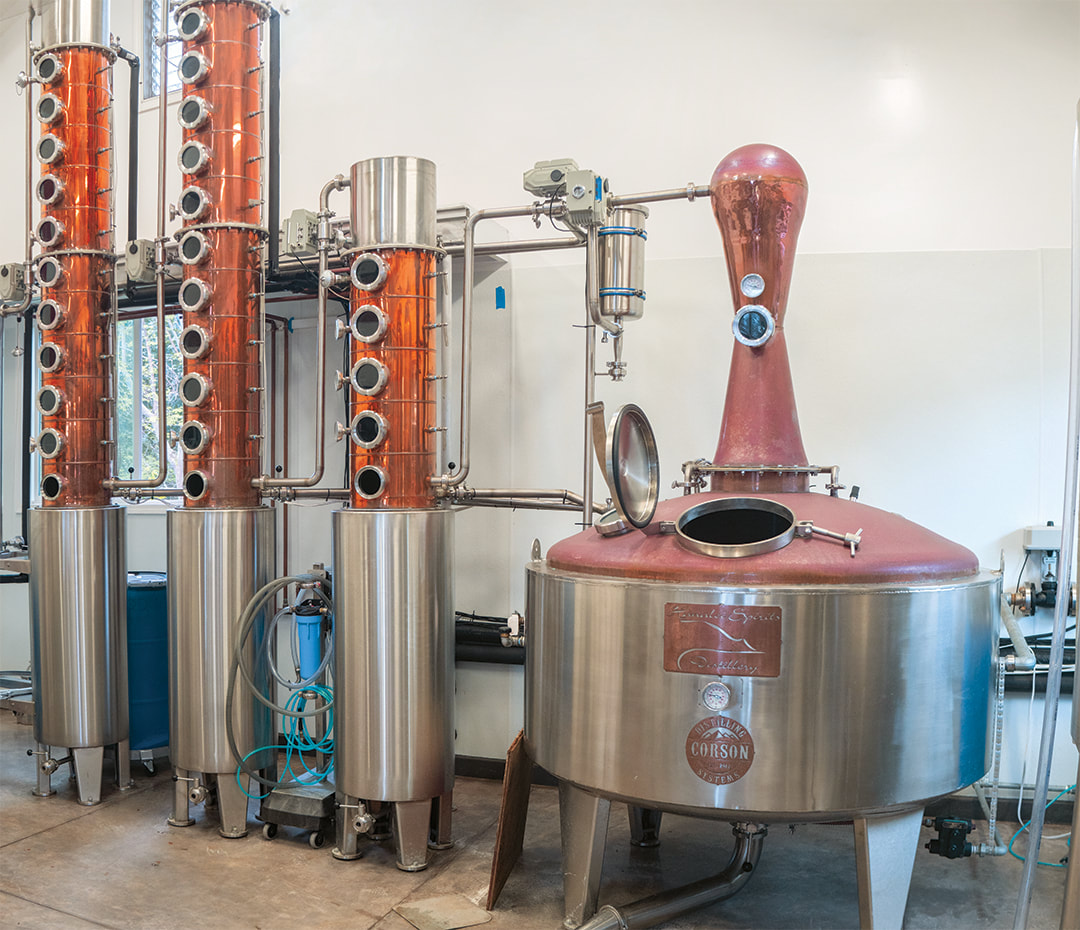
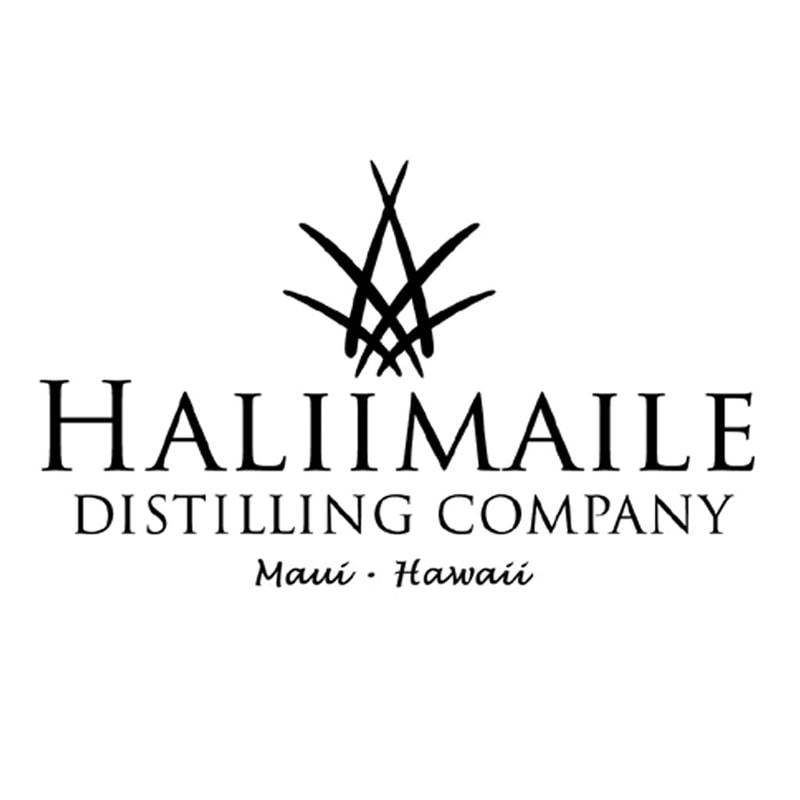
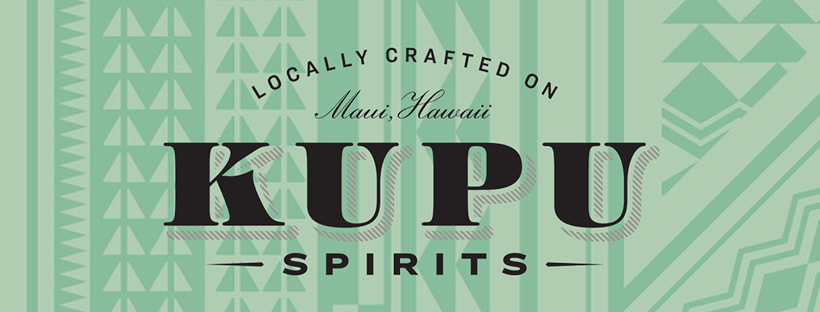
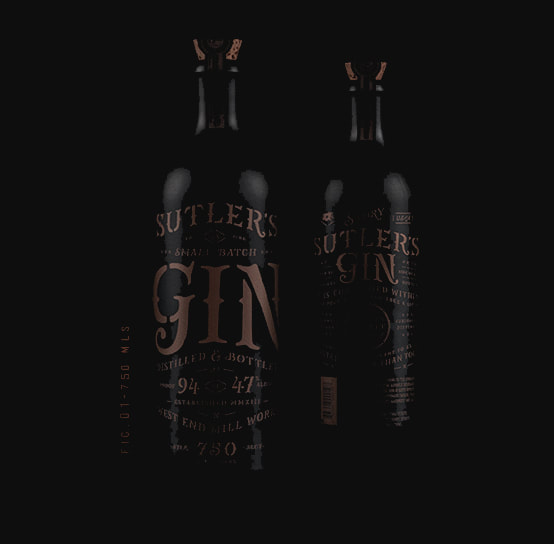
 RSS Feed
RSS Feed